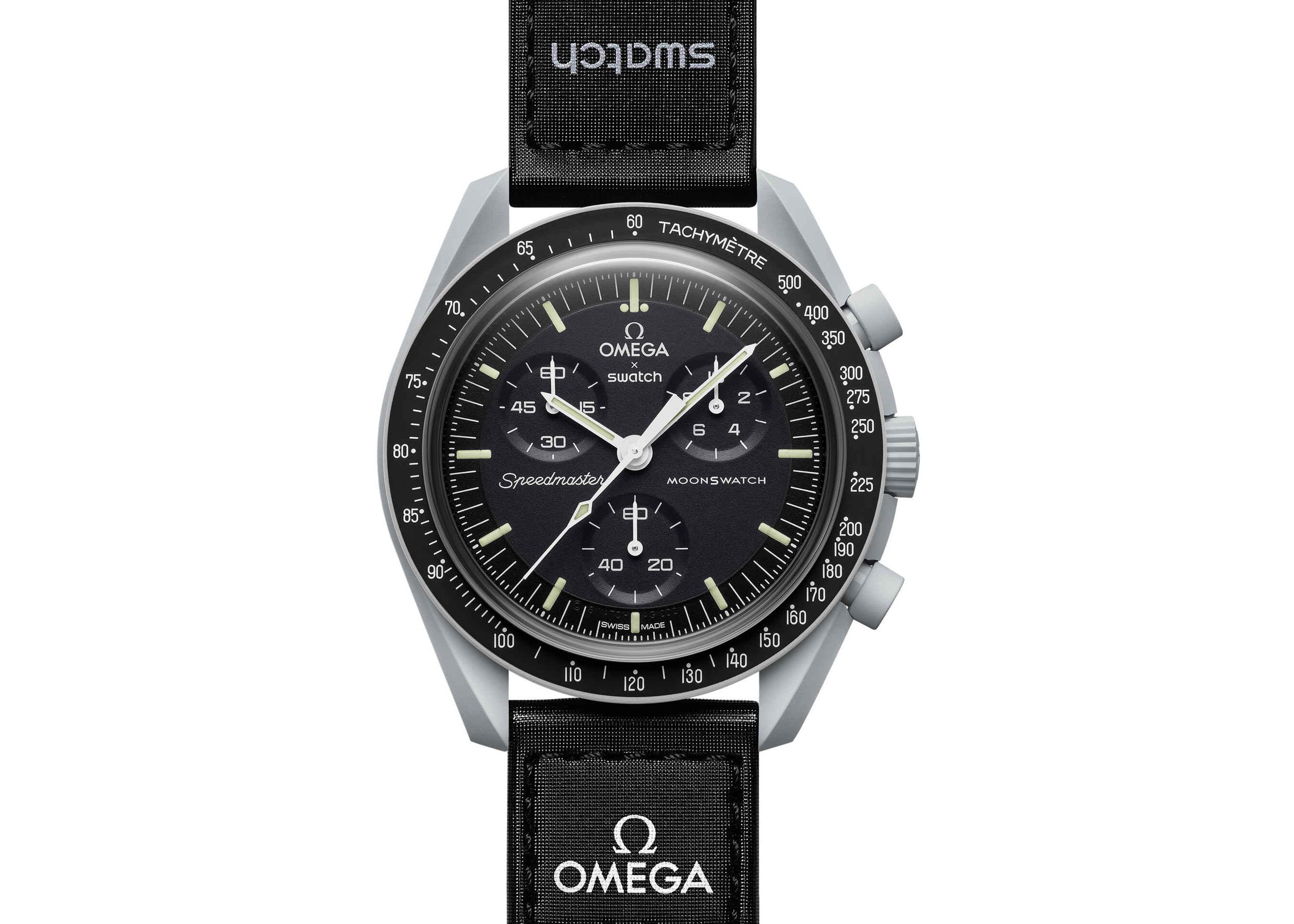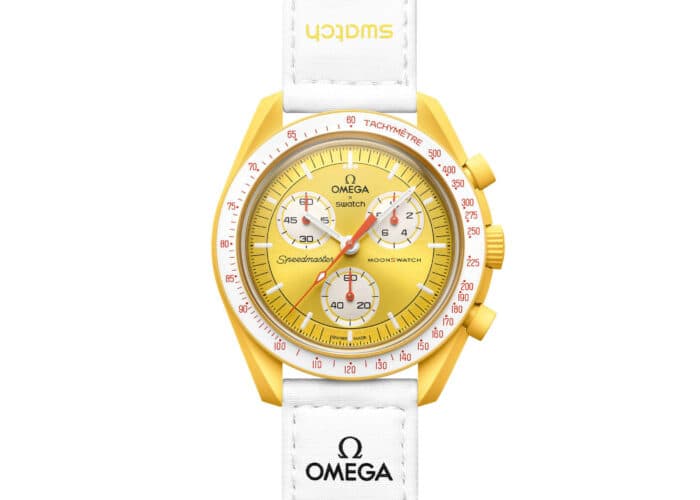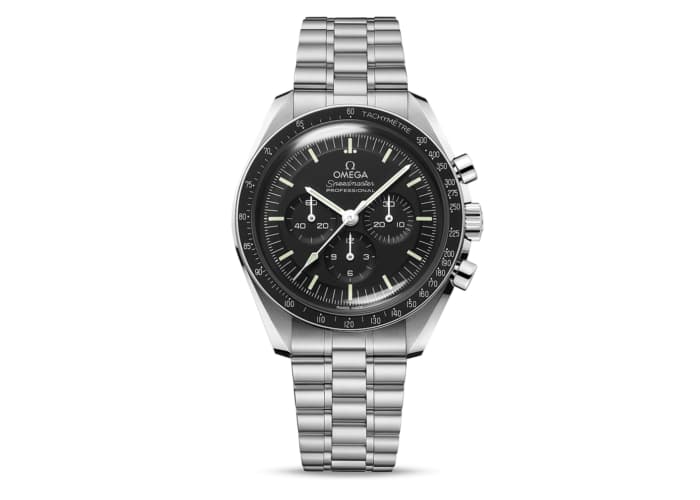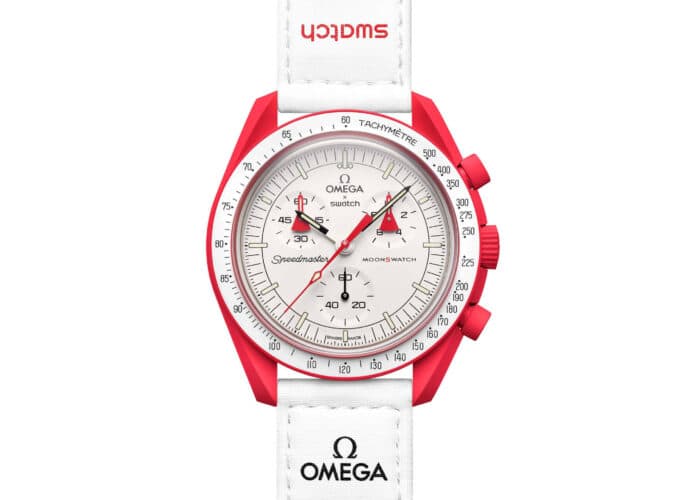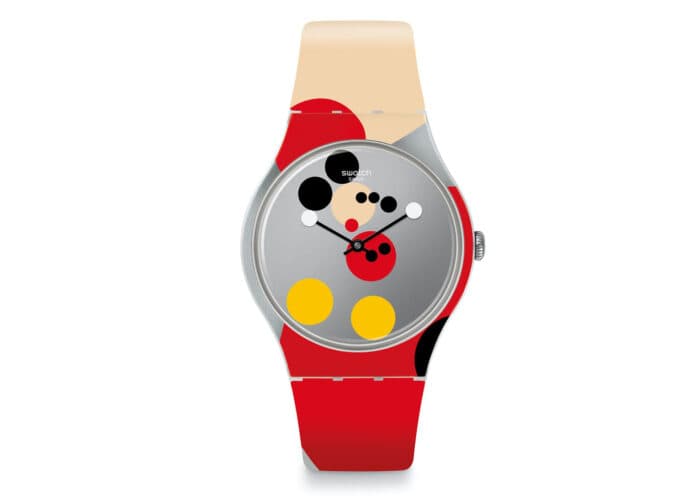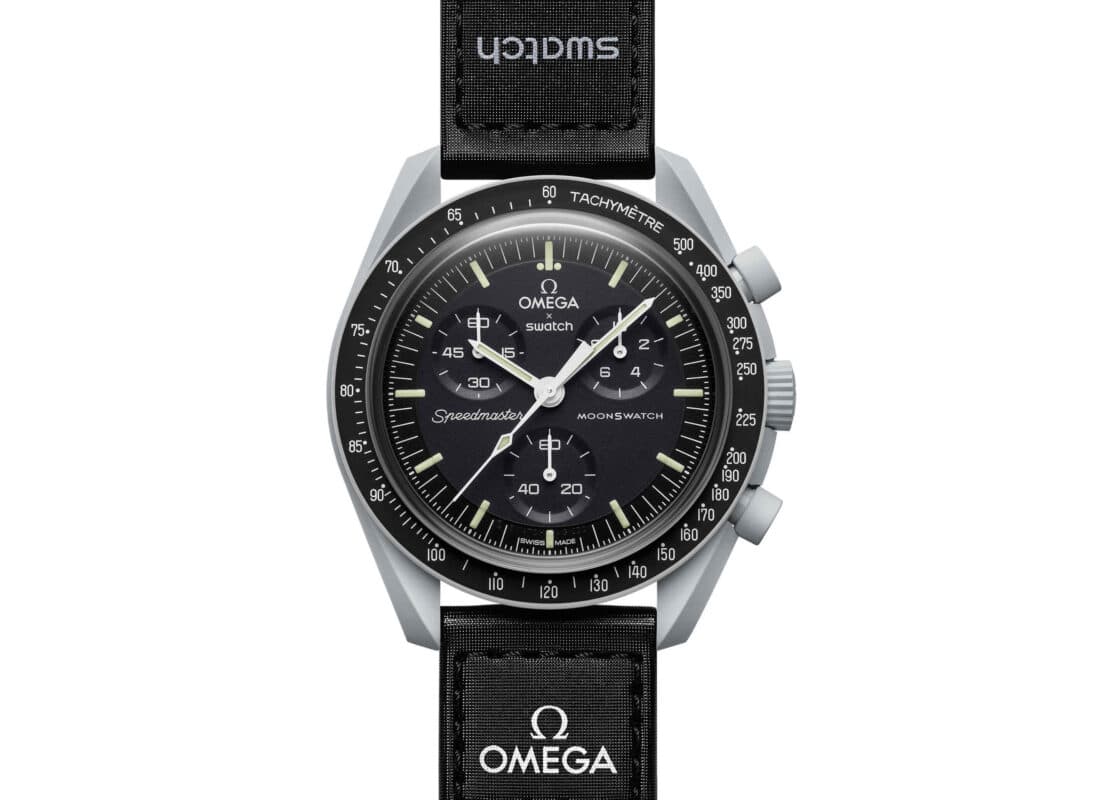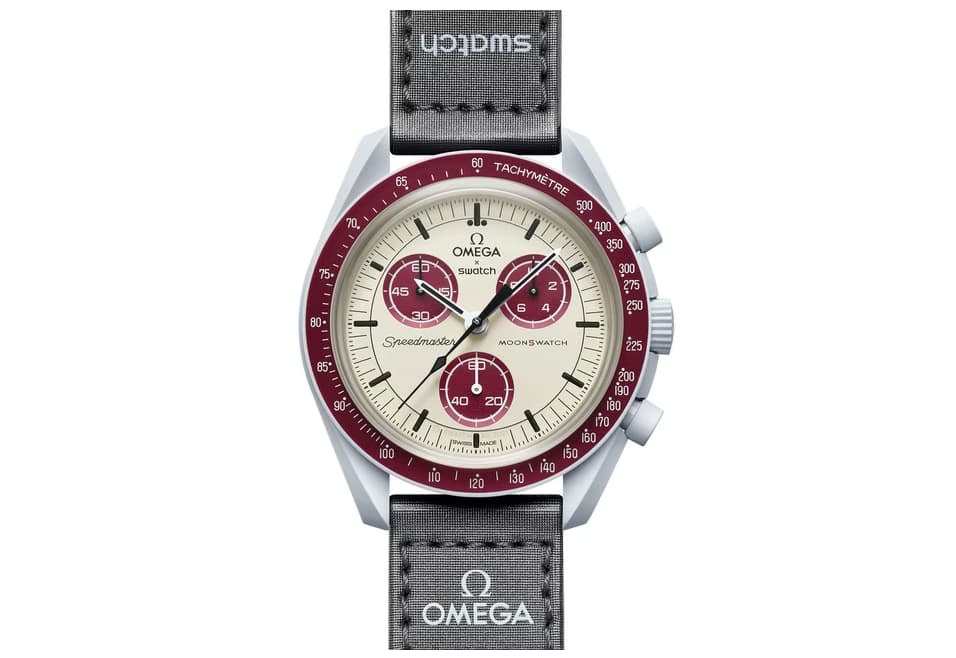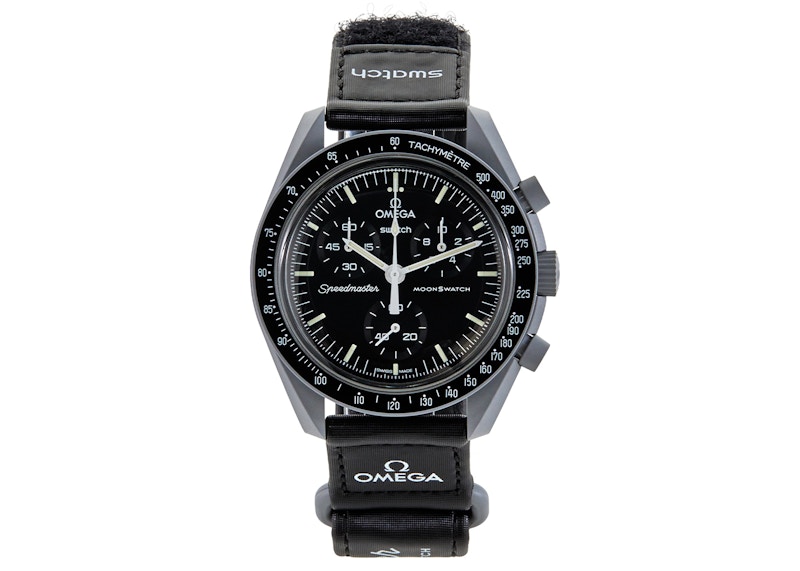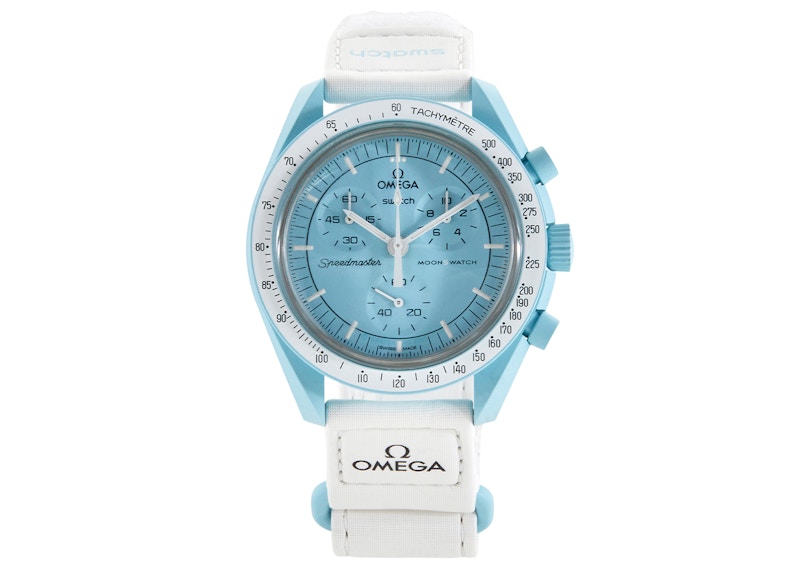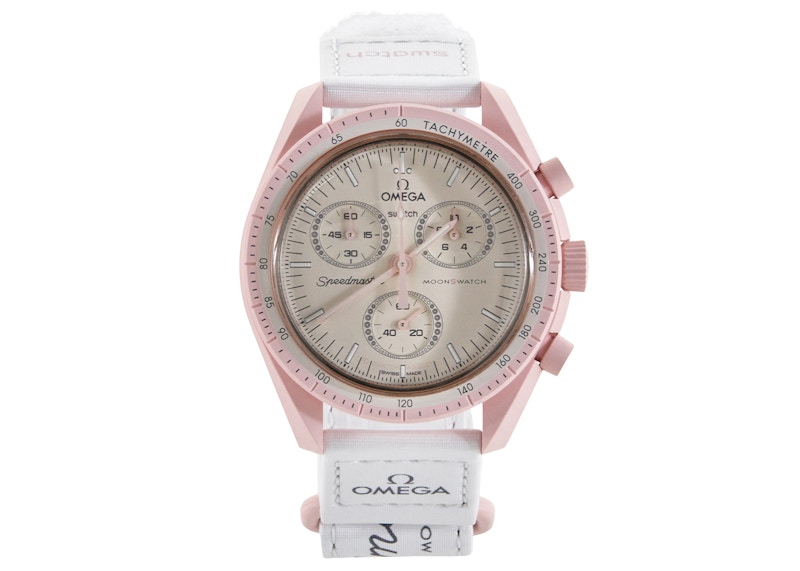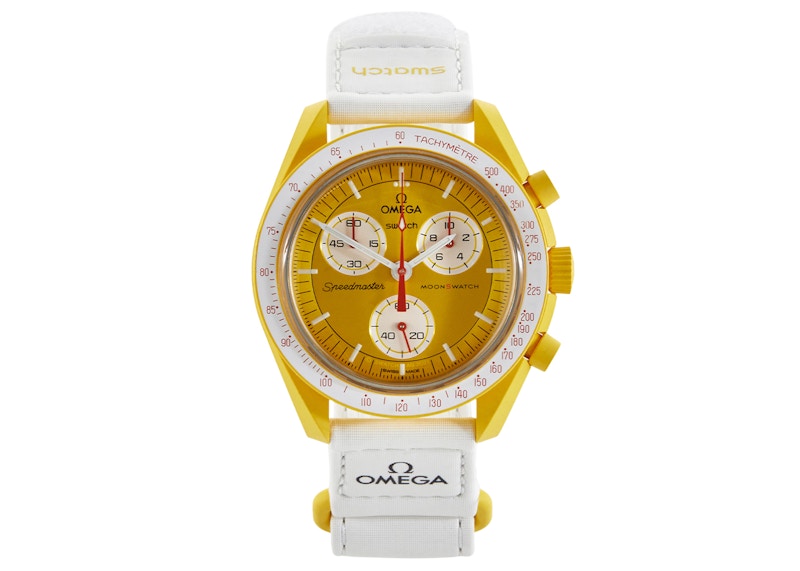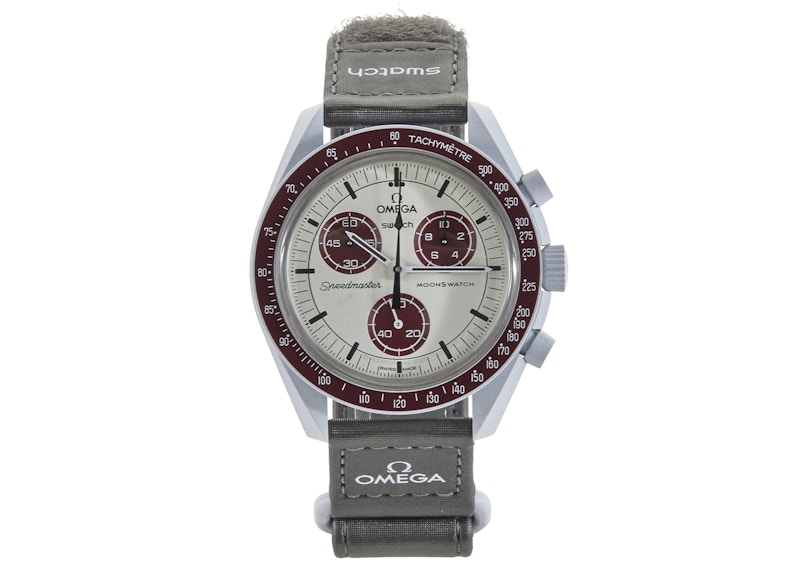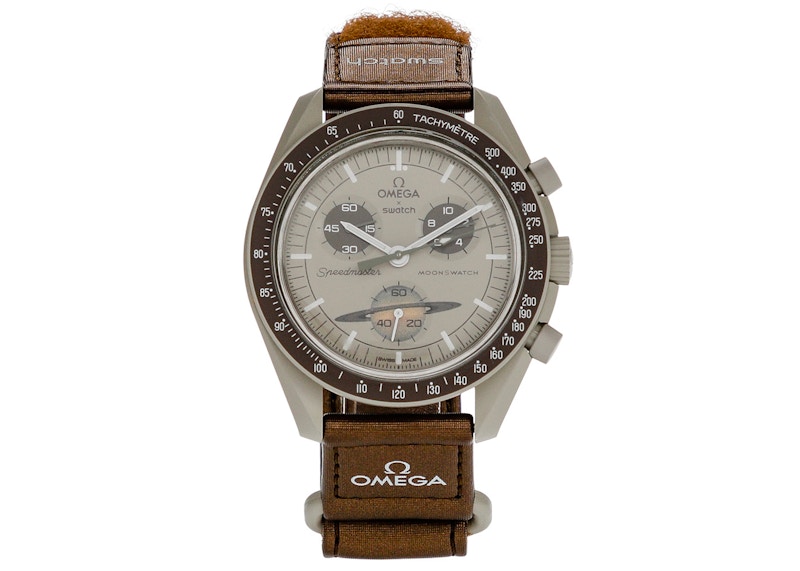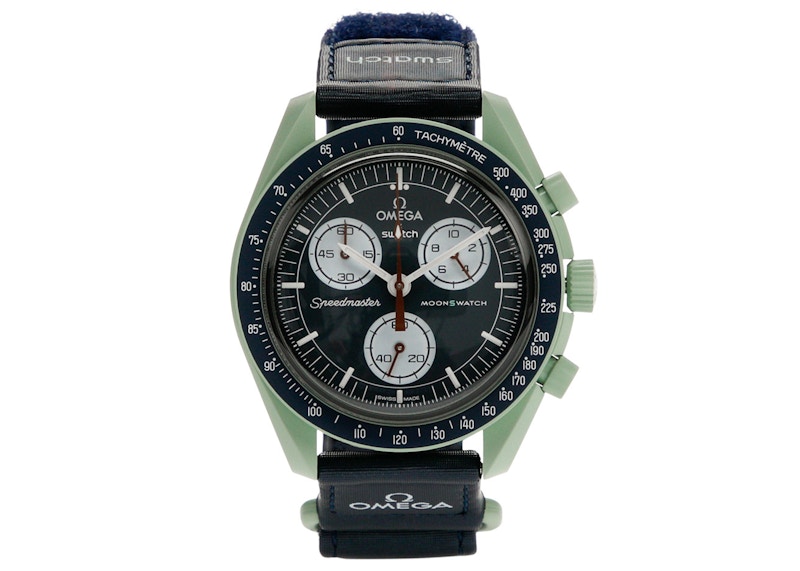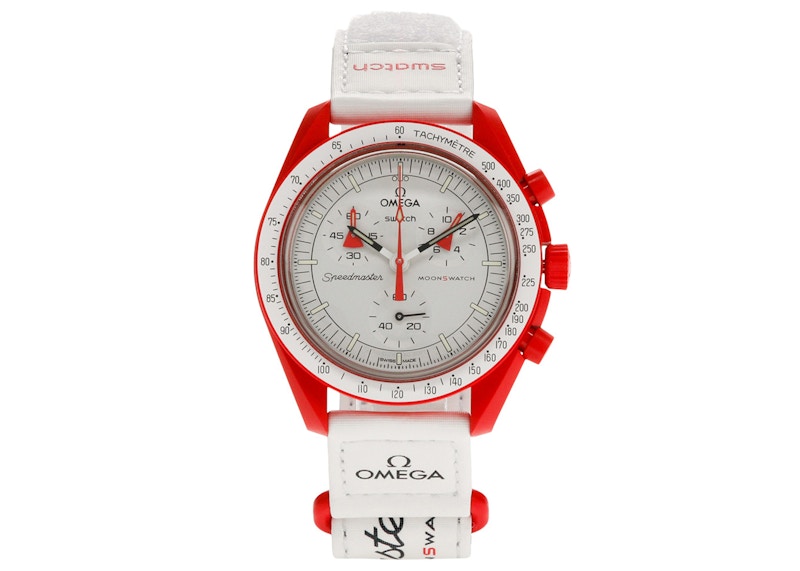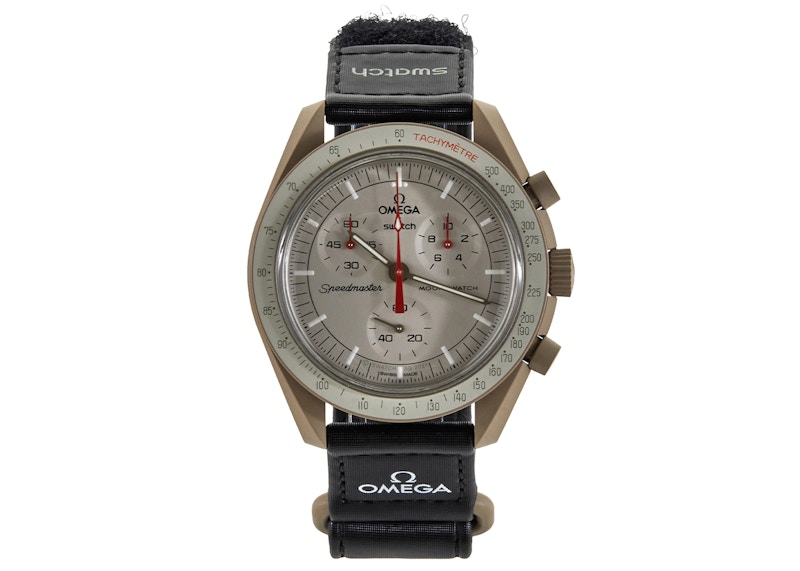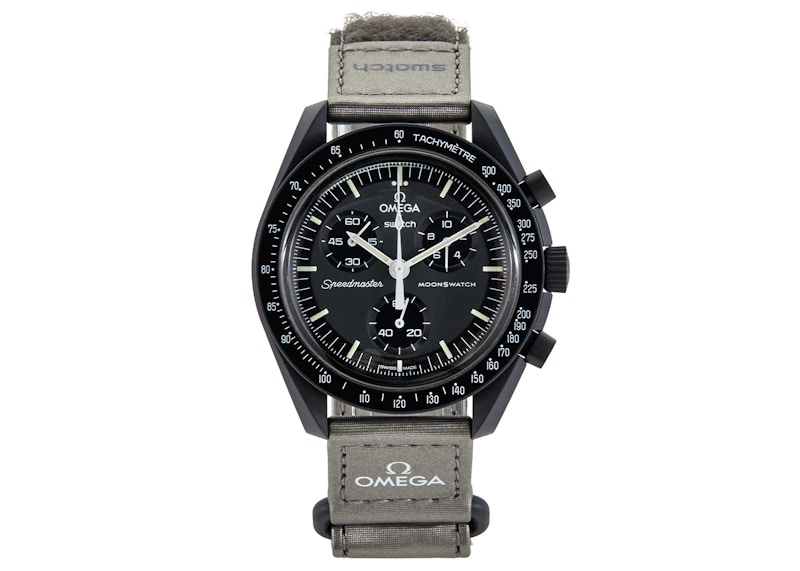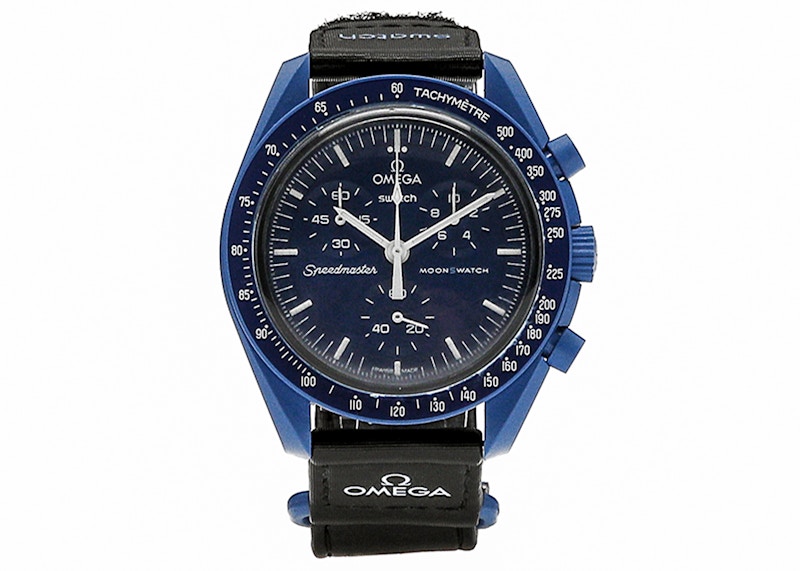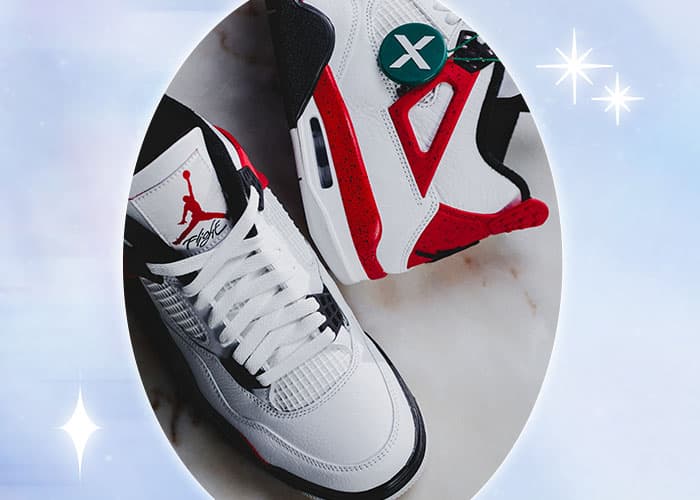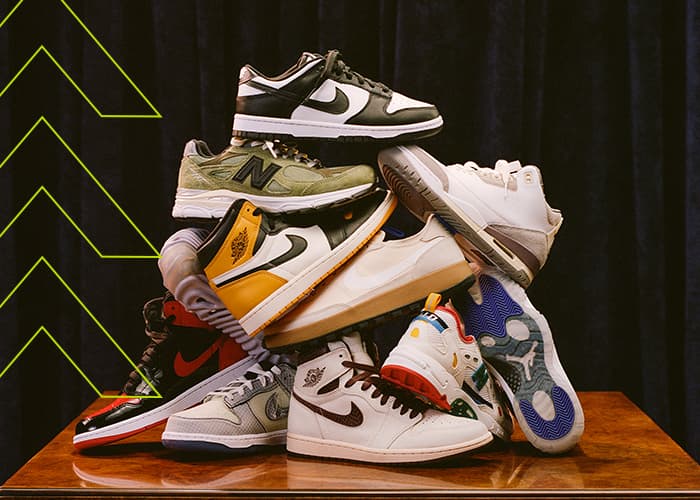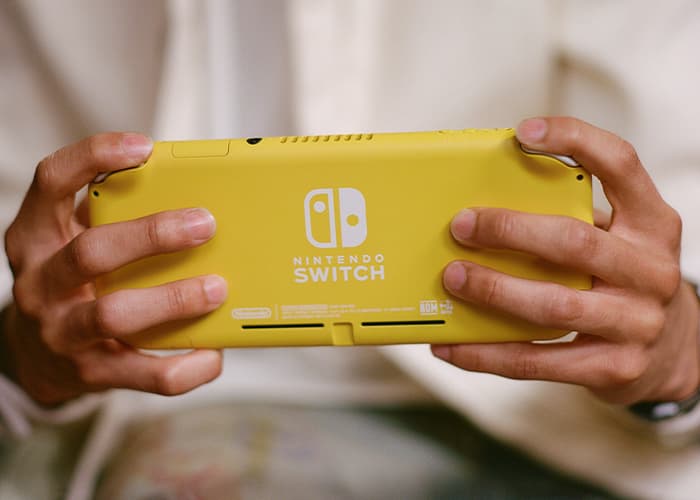For the last few years, the early spring season has been an exciting time for avid watch enthusiasts. Since 2020, the Watches and Wonders Geneva trade show has convened in early April to run in tandem with Baselworld, one of the biggest watch events of the year (though the latter ended up being canceled this year). Generally, these two events and the new timepiece models revealed there (by the likes of Rolex, Patek Philippe, Panerai, Tag Heuer, and more) are the most significant news of the year for the watch world. This year, however, things played out a little differently as the watch community’s biggest show of the year was eclipsed by a single release: the Swatch x Omega Bioceramic Moonswatch.
Just over a week before the Watches and Wonders Geneva trade show, Swatch and Omega, two watch brands owned by The Swatch Group’s parent company, announced that they would be releasing a collaboration of historic proportions. The partnership would feature eleven never-before-seen Swatch x Omega Bioceramic Moonswatches, a model based on Omega’s incredibly popular and historically significant Speedmaster Moonwatch. Within days of the announcement, the Swatch x Omega Bioceramic Moonswatch appeared in stores and online, selling out instantly and even leading to some store closures and near-riots. Videos of long lines resembling a Supreme drop and crowds of would-be customers sprinting through malls surfaced immediately and in just a few days, the Moonswatch became regarded as one of the most hyped releases of the year so far.
Long lines and instant sell-outs led to the Swatch x Omega Moonswatches turning up on StockX and within only a few hours, it became one of the best-selling timepieces on our platform. Despite the Moonswatch’s $260 retail price point, the pieces are reselling, on average, for well over double that and some colorways of the watch are reselling for triple. The popularity of this collaboration seems to have caught those both inside and outside the watch community off guard, but a closer look at the story behind the Swatch x Omega Moonswatch explains the hype.
What Makes the Swatch x Omega Moonswatch so Significant?
Fans of the Swatch x Omega Moonswatch will likely find excitement in both the historical grounding of the eleven new timepieces, but also in the highly accessible stories that each individual watch builds upon. From a historical perspective, this release is a big deal because it takes the Omega Speedmaster Moonwatch, a NASA-approved timepiece that became the first watch ever worn on the moon, and makes it highly accessible to average and amateur watch buyers. The Swatch x Omega Moonswatches’ retail price point of $260 is significantly less intimidating than that of the official Speedmaster Moonwatch, which starts at around $6,000.
The Omega Speedmaster Moonwatch is a highly coveted timepiece and considered a grail for many watch collectors, which explains why fans are also extremely excited about the Moonswatch. In terms of design, the Moonswatch follows the Omega Speedmaster Moonwatch very closely, delivering the same iconic “dot over 90” detail on the tachymeter scaled bezel and near identical chronograph and sub-dial placement. Swatch and Omega cleverly use the iconic Speedmaster Moonwatch as a launchpad for each color of the Moonswatch and its corresponding mission. Each piece features similar structural details in different colors based on their extraterrestrial destinations. The Moonswatch Mission to the Sun, for example, is mostly yellow, while the Mission to Neptune version is soaked in deep blue. With this playful twist on the original Speedmaster Moonwatch, the Swatch x Omega Moonswatch goes beyond the traditional reference and allows fans to choose their own space adventure.
The History & Significance of the Omega Speedmaster Moonwatch
Prior to its notable adventures into space, the Omega Speedmaster timepiece was already a significant and exciting watch. Officially released for the first time in 1957, the Omega Speedmaster was the first watch in the world to feature a tachymeter scale (an inscribed measurement of speed found running along the rim of a chronograph watch) on its bezel. In 1965, NASA began thermal, shock, vibration, and vacuum tests on several chronograph watches and the Omega Speedmaster was the only one to pass. After becoming “Flight Qualified for all Manned Space Missions”, Omega developed their 4th generation of the Speedmaster which then received the title of “Moonwatch”. Just a few years later, in 1969, the Omega Speedmaster Moonwatch would become the first watch ever to be worn on the moon, and since then it’s been worn for all six moon landings.
A Brief Background on Omega
La Generale Watch Co., which would later become Omega, was originally founded by a young watchmaker named Louis Brandt in the small Swiss village of La Chaux-de-Fonds almost 175 years ago. In August of 1894, Brandt’s two sons developed a revolutionary caliber that set a new standard for the industry. With that innovation, the brothers changed the company’s name to Omega and within two decades, the brand became the largest manufacturer of finished watches in Switzerland. Between 1900 and 1950, Omega established itself as one of the world’s most capable timepiece providers, becoming the stopwatch of choice for the 1932 Olympics, 1936 Winter Olympics, and the 1948 Olympics. In 1948, the brand launched its now-iconic Seamaster, with the Speedmaster following in its footsteps just nine years later. Today, Omega is the official watch brand of Daniel Craig’s James Bond, Golf’s Rory McIlroy, and Oscar-winning actress Nicole Kidman. Omega became a part of the larger Swiss watchmaking group, SSIH, in 1930, joining Tissot and Lemania Watch Co. and would stay a part of that larger group until joining the Swatch Group in 1983.
A Brief Background on Swatch
Swatch, and the larger Swatch Group, was founded in 1983 through the combining of Swiss watchmakers ASUAG and SSIH, the then-parent company of Omega. The merger and popularity of Swatch coincided with what appeared to be the potential end of Swiss watchmaking dominance as battery-powered quartz watches began to replace watches that ran on mechanical devices. Swatch was one of the first Swiss watches to also run on quartz and has been heralded by some as the savior of the Swiss watchmaking industry. Unlike most other Swiss watches, the Swatch (or “Second Watch”) was mass-produced, colorful, extremely customizable, and above all, affordable. Just a few years after the brand was founded as a result of the merger, watches from Swatch began gaining popularity in the worlds of fashion and art. In 1985, the brand launched the Swatch Art Special, a collaboration with several popular artists that delivered limited quantities of watches featuring artwork from Keith Haring to Vivienne Westwood to Kiki Picasso. Since then, Swatch has expanded upon its offering in a deep way, delivering playful, colorful quartz watches in all shapes and sizes.
Is the Swatch x Omega Moonswatch a Limited Edition?
No, the Swatch x Omega Moonswatch is not a limited edition release. Shortly after the Moonswatch sold out, Swatch released a statement on the front page of their website, explicitly mentioning that the watch is not a limited-edition and will soon be available again in selected Swatch stores. The brand did not mention when the Moonswatch would be restocking or how many more were coming, so for the time being the resale market is the only way to get your hands on it.
Which Swatch x Omega Moonswatch Colors Are the Most Valuable?
When the Swatch x Omega Moonswatch first released, nearly all colors were reselling for more than $1,000, almost four times their retail price. In the time since the watches were made available, prices on all but three colors have steadily dropped. At the time of this writing, just three colors of the watch are still trading for more than $1,000 on StockX. While it’s not clear exactly why, the Mission to the Moon, Mission to Mercury, and Mission to Neptune colorways are the three models that seem to be best at holding their value. For the Mission to the Moon version, in particular, it’s not surprising that the watch is one of the most valuable, as it most closely resembles its inspiration, the Omega Speedmaster Moonwatch.
All eleven models of the Omega x Swatch Bioceramic Moonswatch can be shopped on StockX below.




